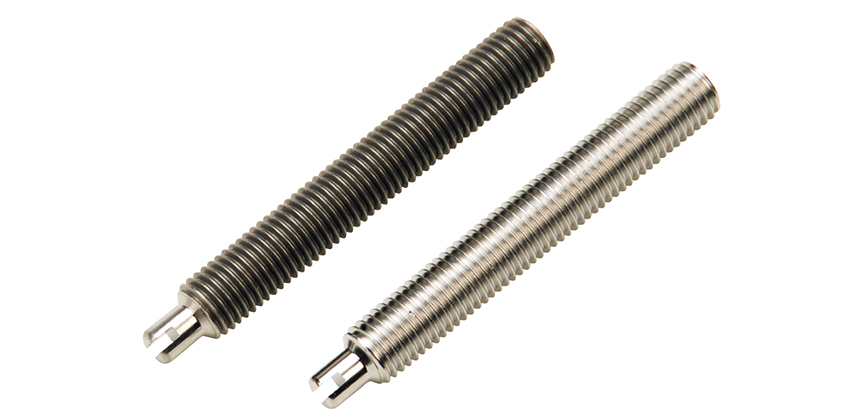When finishing stainless steel, there are several key points to be aware of. Like all metal alloys, stainless steel requires unique finishing to attain the desired surface finish. Understanding the composition of the particular stainless steel alloy, how different finishing methods interact with that alloy, and what effects you are looking to achieve are critical to attaining the proper finish for your components.

Which process is best for your stainless steel components will vary depending on your operation and desired effects. Here are four important considerations you should keep in mind before determining the right finishing process for your stainless steel components:
1. Stainless Steel is Not Always Stainless or Passive
Despite what many people believe, stainless steel can develop corrosion if not properly treated. . Although stainless steel is naturally passive, its passive state can be easily compromised when it comes in contact with contaminants during machining and subsequent secondary operations. For instance, corrosion can occur as a result of contact with carbon steel tooling or a non-passive mating part. In addition, if not properly treated, the heat affected zones on a welded part can lead to oxidation and corrosion issues.
2. Proper Preparation is Still Required
As with any finishing method, the components need to be submitted in the proper condition to reach the desired results. For instance. prior to electropolishing the removal of macro burrs should be addressed prior to submitting for the micro deburring that process is effective in removing. Depending on the size and width of burrs present, a part may require a conventional deburring process such as vibratory finishing prior to electropolishing. In addition, parts that have been welded or heat treated and exhibit heavy scale may need to be mechanically cleaned prior to subjecting to electropolishing.
When parts are properly prepared, the electropolishing process can provide a uniform finish free of sharp burrs and resist patterns from scale.
3. Passivation Alone May Not Achieve Full Benefits
In general, passivation is a standard option used to achieve a contaminant-free, passive surface on stainless steel components. Since passivation will remove the superficial contaminants and return the part to its original mill condition, it is typically the bare-minimum recommendation for finishing stainless steel parts.
However, not all stainless steel alloys are well suited for passivation. Some stainless steel alloy compositions, like 440c and 416, are not suitable for passivation. Due to the lower level of chrome and absence of nickel, 440C and 416 stainless steel are prone to flash attacks, which cause roughness and pitting on the part surface.
In cases where additional corrosion resistance is necessary due to the environment, electropolishing is the ideal method to prolong the life of parts. Through accelerated corrosion testing, it has been proven that electropolishing provides 30 times the corrosion resistance when compared to passivation.
4. Know How Other Finishing Operations Stack Up
Manual Polishing
When finishing metal parts, consistency is key for optimal part functioning. Manual metal polishing is a difficult process, requiring the work of a skilled technician. As more of the surface material is removed and the finish becomes smoother, the work becomes more difficult. Achieving consistency from part to part, lot to lot and order to order is often extremely difficult. In these cases, electropolishing is recommended as the final step to achieve uniformity in parts.
Mechanical polishing
During mechanical polishing, metal is actually being moved and smeared while it is being and polished and buffed. For this reason, a fine grit must be used to achieve a smooth surface. Not only is this process costly, but also time-consuming and difficult to complete in a precise manner. Electropolishing, on the other hand, removes the outer metal layer electrochemically, making a significant difference and finishing the surface uniformly.
Blasting
Blasting is another secondary operation that is commonly used to finish metal parts. Utilizing glass beads, aluminum oxide, sand and other media materials, the process involves blasting the material’s surface under high pressure. It can be effective when used to remove residual scale from cast and heat treated metal surfaces. . If not performed properly, the media may not cut deep enough into the surface. When this occurs the blasting may cover over defects and imperfections, instead of eliminating all together. When using a media to blast a component, the metal becomes tainted with foreign material and the impinging creates microscopic craters. In addition, blasting will dull the finish of metal parts so another finishing operation such as electropolishing will be necessary if a bright part is required.
Stainless steels are a popular choice for components used in a multitude of applications across many industries. Proper finishing of stainless steel is essential to ensure long life cycles and performance from stainless steel parts.






